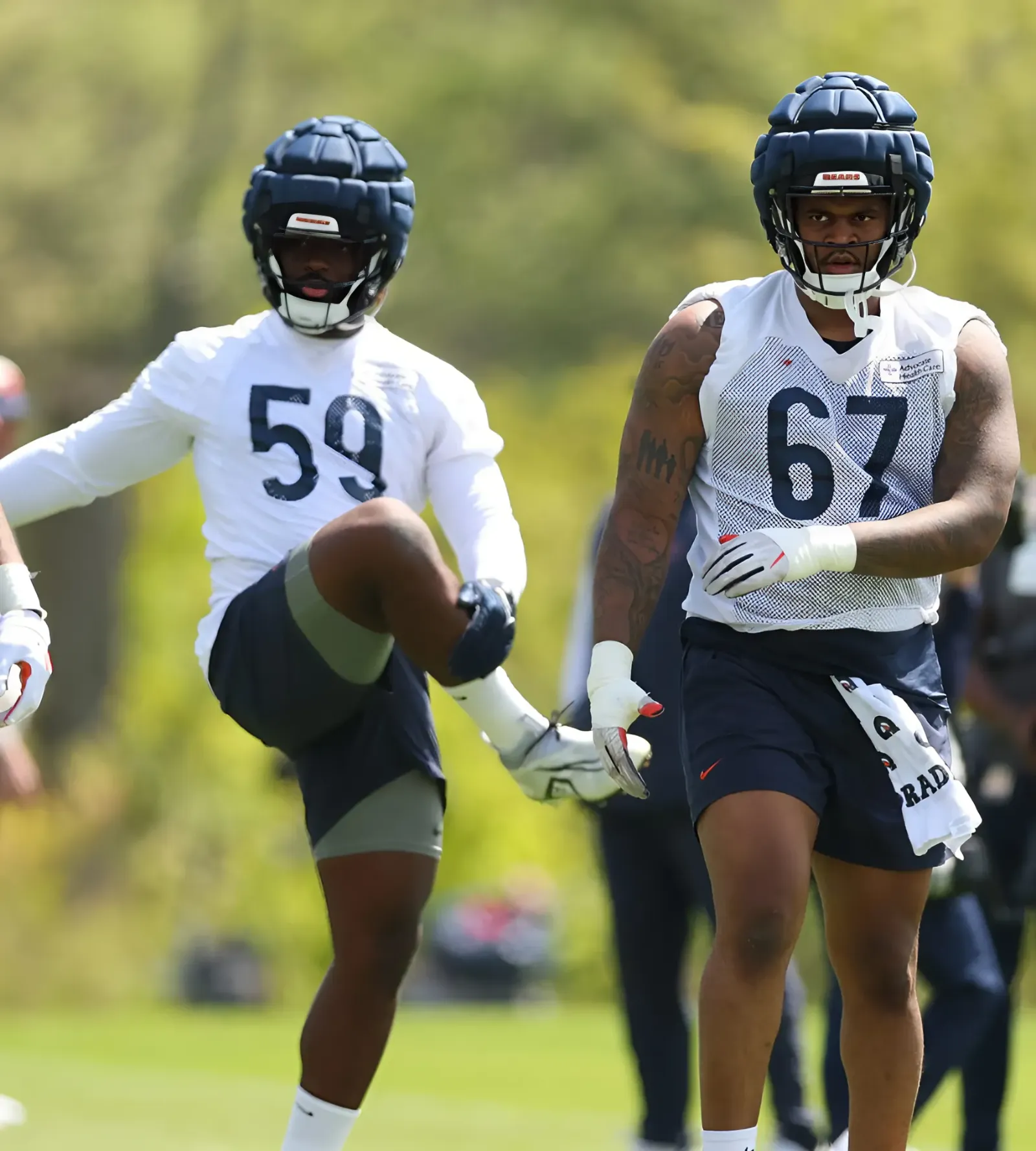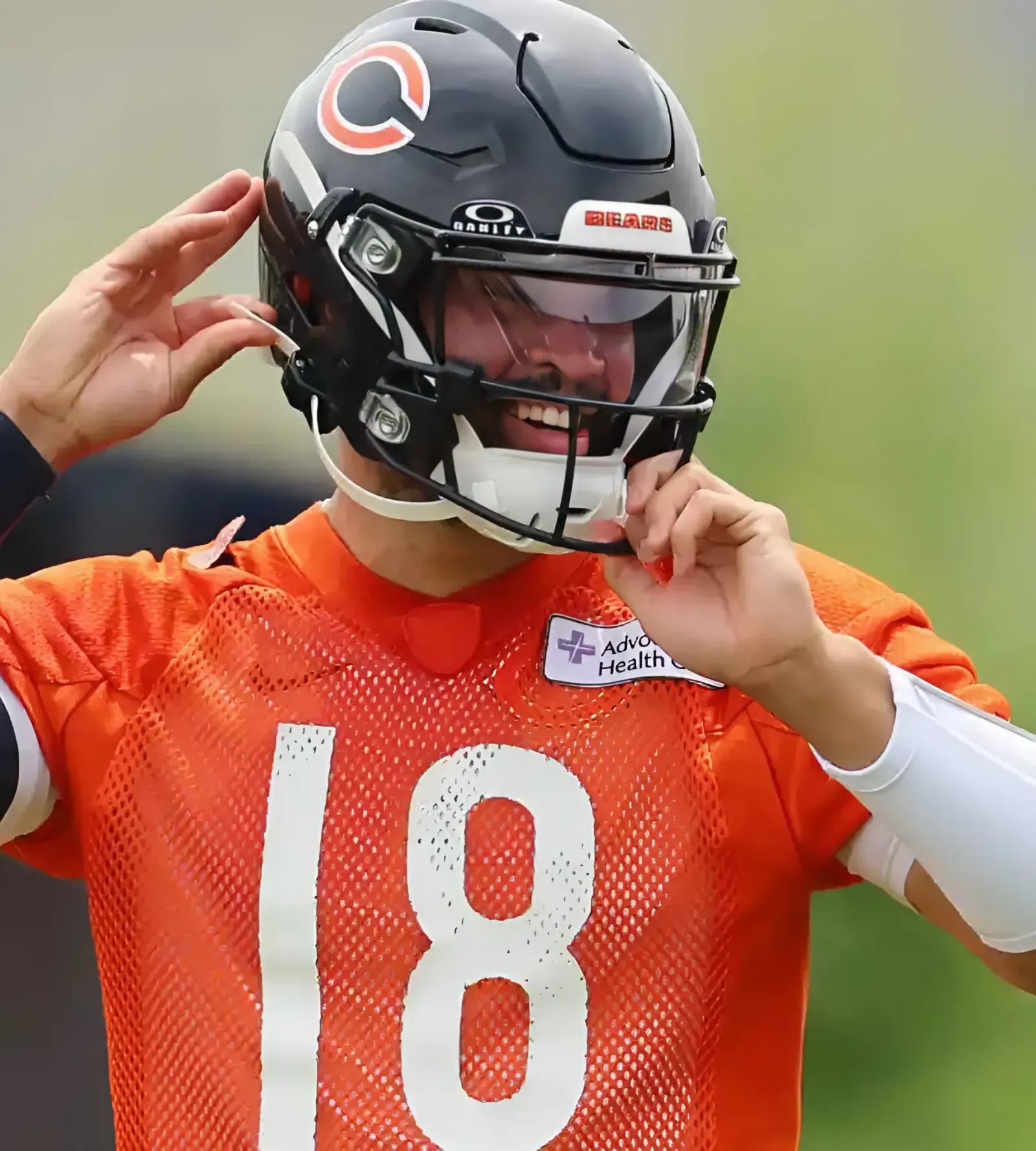
The Vancouver Canucks are heading into the 2024 offseason with plenty of pending free agents. Decisions need to be made on many a piece on the roster, and some big names are on that list, such as one Elias Lindholm.
Brought in from the Flames after dealing away Andrei Kuzmenko and a first-round pick, the Canucks are now looking to see if they can reach an agreement to keep him in Vancouver. Finishing with six goals and six assists for 12 points in 26 games with the Canucks in the regular season, Lindholm turned a disappointing tenure into a fantastic playoff performance. The Swede posted 5 goals and 5 assists for 10 points in 13 playoff appearances, putting together big performances to help down the Predators while consistently being one of the Canucks’ most reliable two-way forwards.
It’s clear that Lindholm (when he was fully healthy) made this Vancouver team better. He added a consistent defensive option while also being an offensive threat, with his details making him effective in every zone. Lindholm was a sparkplug for pretty much every player he lined up with in the playoffs, including a struggling Elias Pettersson.
The question is, however, should the Canucks sign him to the rumoured 7×7 deal that they’re supposedly willing to offer him?
Vancouver acquired Lindholm under the impression that he would be a rental. He definitely was a contributor, but the price paid was relatively steeper to get him from Calgary. There’s the whole idea of sunken cost when it comes to letting Lindholm walk in free agency, but perhaps signing the centerman would do more harm than good.
For one, Lindholm is 29 years old. He’s on the precipice of turning 30, and if he inks for 7 years, Vancouver will pay him $7 million per year until he turns 36. There will be good years that they’ll get out of the contract, but it will likely become an anchor by the end. The only question is how soon it will age poorly, as Lindholm has already shown some signs of slowing production in this last season.
Adding another big contract to what is already a complicated cap picture is probably not a good idea, either. Elias Pettersson’s big $11.6 million deal kicks in next season, while JT Miller continues to sit at $8 million AAV. With the OEL buyout cap hit rising to $2.34 million next year, and then $4.77 million for the next two, it doesn’t bode well to be putting another $7 million AAV commitment on top of that. In an ideal world, Lindholm would be Vancouver’s 3C, with Pettersson and Miller fronting the first two lines. Not many teams pay that much for a third-line center, much less with the pressures that the Canucks are facing. Vancouver still has to make decisions on their back end, of which 4 are due for new contracts, and 2 are currently looking like they will be testing free agency. What money could be going to Lindholm is probably best used elsewhere in the lineup to address different needs and issues.
The biggest challenge the Canucks will face if they choose not to sign Lindholm is finding a replacement. It’s probably not going to happen with what the Swede brings to the table, and there’s a bit of a dearth of options from within. Pius Suter would be a good fit in that 3C spot, but then it’s a matter of looking for another top-6 winger when finding a winger for Pettersson should already be a key target for management. The Canucks also don’t have that many high-end prospects in the minors ready to take that next step to fill in that role. Sure, a Jonathan Lekkerimaki, Vasily Podkolzin, or Aatu Raty could probably get there – but that likely wouldn’t be in the 2024-25 season, where Vancouver might just take a step back.
That step back is for the best, though, especially if it means not saddling them down with more cap commitments. Lindholm’s market value will be through the roof with a particularly weak free agent class for the summer of 2024. He will get paid, and the Canucks will probably be better off letting another team pay him into his mid-30s. That type of commitment doesn’t make sense for where Vancouver is right now or down the road, with the flexibility needed to try and maximize this window. Tying down cash for what is ideally your third-best center is not good resource management, especially with more pressing needs to address.
At the very least, no matter how it goes, there will always be good memories to look back on in Elias Lindholm’s tenure with the Vancouver Canucks.



